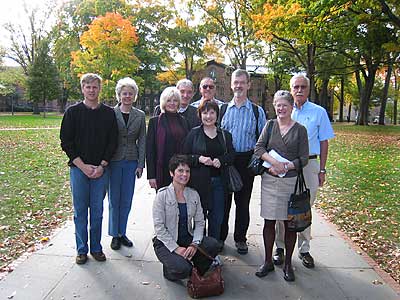
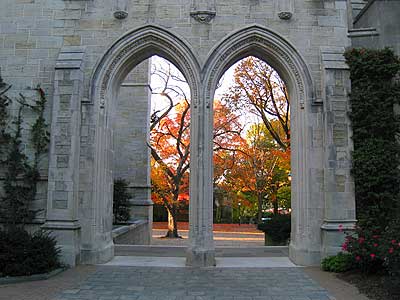
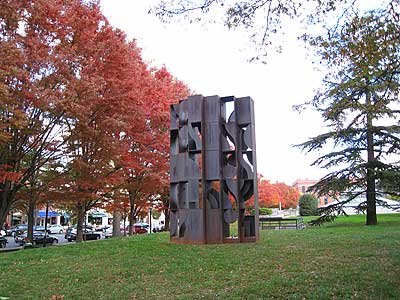
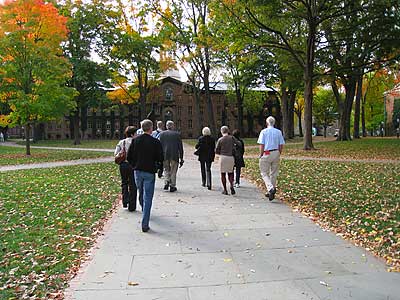
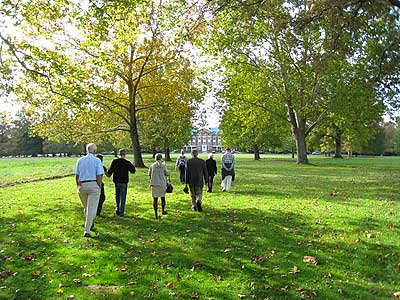
We began our trip with a walk to The Institute for Advanced Study, where we had a conversation with Piet Hut, a professor at the Institute for Advanced Study, whose main research interest concerns investigations of the structure of the world from different points of view. Dr. Hut led a group discussion about How can we really know reality? What are the ways of Knowing?
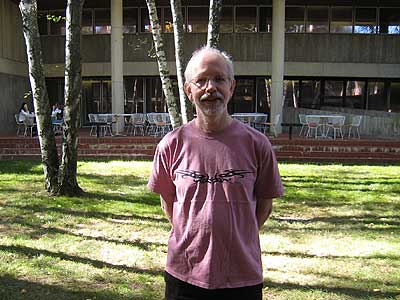
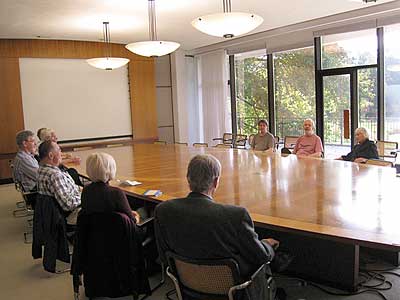
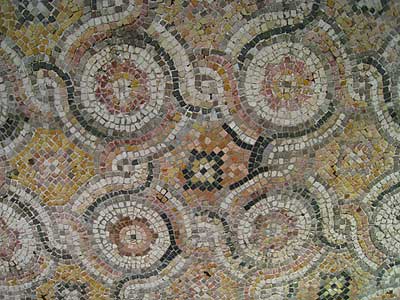
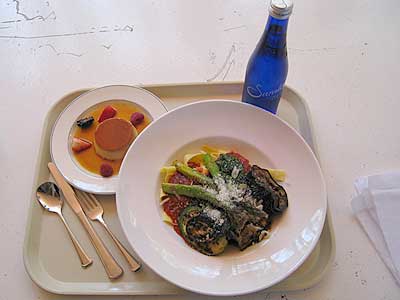
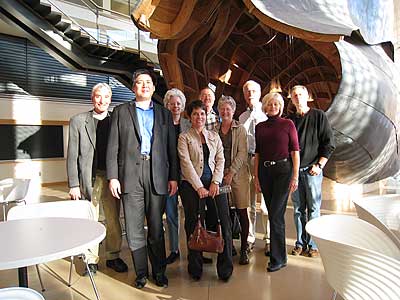
(Photo by Eric Wieschaus)
Sam Wang, Ph.D., an associate professor of neuroscience at Princeton University, discussed the brain and The Election. Sam Wang is the co-author with Sandra Aamodt of the book 'Welcome to Your Brain'. In June, Sandra and Sam wrote a New York Times article about how lies live and grow in the brain - and how we can be manipulated by other people into having false beliefs.
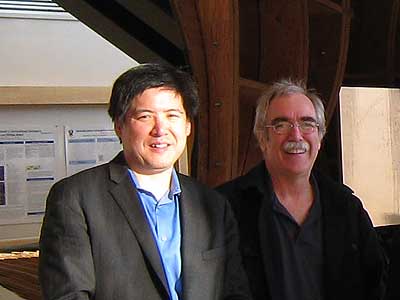
http://www.welcometoyourbrain.com/
http://election.princeton.edu/faq/
http://synapse.princeton.edu/joomla2/
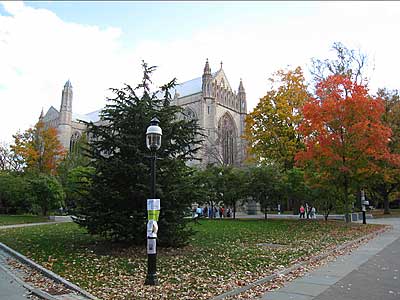
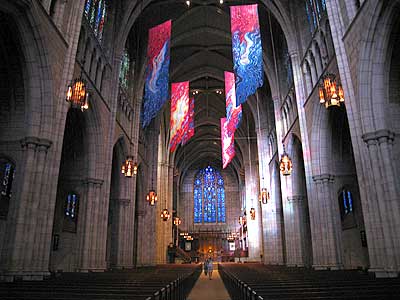
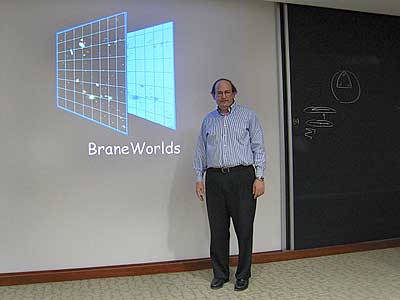
Paul Steinhardt is the Albert Einstein Professor in Science at
Princeton University, Director of the Princeton Center for Theoretical
Science and author of the book 'Endless Universe'.
He is best known for his work in theoretical cosmology, where he helped develop the theory of cosmic inflation, which attempts to explain the homogeneity and geometry of the universe and the origin of the fluctuations that seeded the formation of galaxies and large-scale structure. He introduced the concept of quintessence, a time-varying form of dark energy to explain the current accelerating expansion of the universe. His recent work has been on brane cosmology, especially the ekpyrotic and cyclic models. The cyclic theory of the universe is a radical alternative to big bang/inflationary cosmology in which the evolution of the universe is periodic and the key events shaping the large scale structure of the universe occur before the big bang.
http://www.physics.princeton.edu/~steinh/
http://www.physics.princeton.edu/~steinh/webbrief/
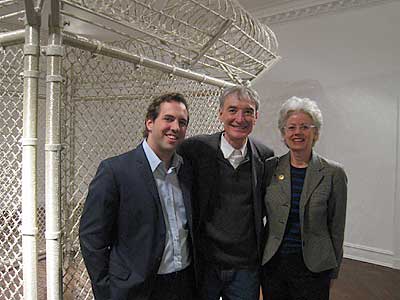
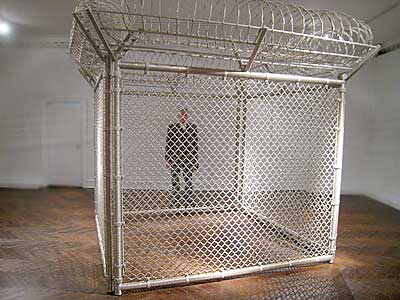
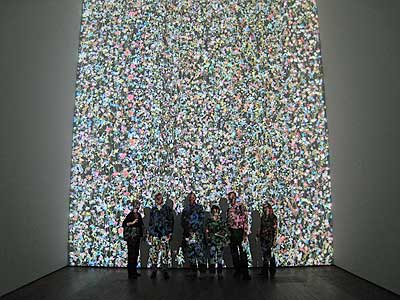
Lehmann Maupin Gallery - Jennifer Steinkamp
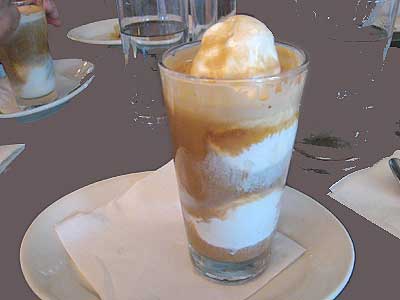
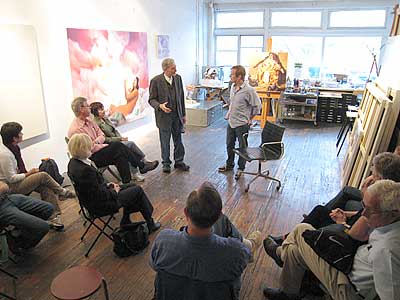
We had a conversation with artist Will Cotton about his paintings that explore themes of temptation, gluttony and indulgence.
Will's art is represented by Mary Boone Gallery.
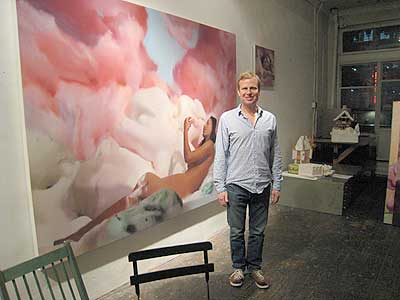
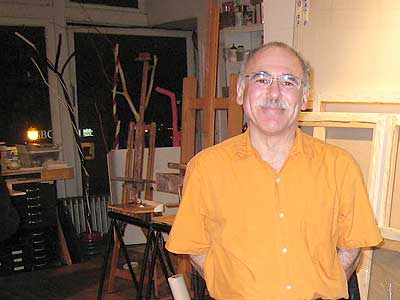
We met Lee Silver, a professor in the Department of Molecular Biology and the Woodrow Wilson School of Public and International Affairs at Princeton University and author of the book 'Challenging Nature', in Will Cotton's studio. He discussed what it means to be human and new genetic research. His current research focuses on social, political and ethical issues raised by human stem cell research, cloning, advanced reproductive technologies, genetic testing, genetic selection, and genetic engineering.
http://www.molbio.princeton.edu

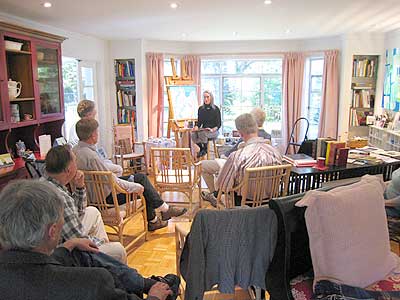
We had a conversation with artist Barbara Graham at her home and studio, about her art and life in Princeton. B. F. Graham began painting several years ago, following decades in the publications business. Diverse interests inform B. F. Graham's work: She regularly attends courses and seminars on Molecular Biology and Systems Biology, at Princeton University and The Institute for Advanced Study, as well as international conferences, whenever possible. She is fascinated by the structure of Mandarin Chinese and has recently resumed its study with a tutor from Beijing. Particular ideas about color and textiles further drive her work into colliding realms of recollection.
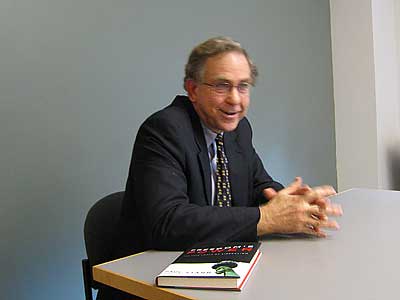
Paul Starr discussed American politics and society. Paul Starr is professor of sociology and public affairs at Princeton University and co-founder and co-editor of The American Prospect. At Princeton he holds the Stuart Chair in Communications and Public Affairs at the Woodrow Wilson School. He received the 1984 Pulitzer Prize for Nonfiction and Bancroft Prize in American History for The Social Transformation of American Medicine and the 2005 Goldsmith Book Prize for The Creation of the Media. His most recent book Freedom's Power, is on the history and promise of liberalism. Professor Starr has written extensively on American society, politics, and both domestic and foreign policy.
In 1990, with Robert Kuttner and Robert Reich, he co-founded The American Prospect, a liberal magazine about politics, policy, and ideas. Published quarterly in its early years, the magazine now appears monthly in print as well as online.
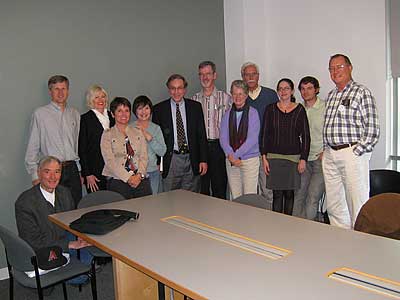
http://www.princeton.edu/~starr/
